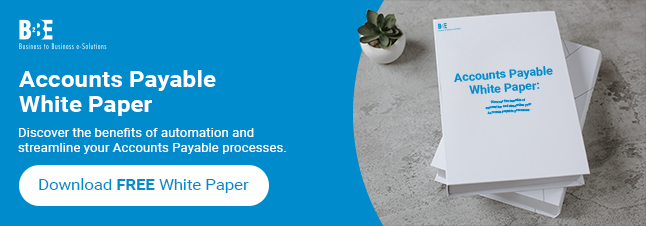In the realm of business operations, the delineation between various documents and their sequence is pivotal in ensuring smooth transactions. One common query that arises pertains to the order of precedence between a sales order and a purchase order. Understanding this sequence of purchase order vs sales order is fundamental to comprehending the dynamics of procurement and sales processes within an organisation.
What comes first, a purchase order or a sales order?
Typically, the inception of a transaction commences with a sales order. This document materialises when a customer expresses the intent to procure specific goods or services from a seller. It serves as a blueprint, detailing the customer’s requisites, encompassing quantities, prices, and agreed-upon delivery terms. Crucially, upon acceptance by the seller, a sales order signifies an obligation to deliver the specified products or services.
Conversely, a purchase order takes shape subsequent to the establishment of a sales order. This formal document is formulated by the buyer in response to the accepted sales order. It also delineates the particulars of the items or services that the buyer seeks to procure. This can include quantities, prices, terms, and designated delivery schedules. Effectively, the purchase order represents the buyer’s request to the supplier to fulfil the requirements specified within the agreed-upon sales order.
This sequential arrangement elucidates the interdependence between these documents within the sphere of business transactions. The sales order initiates the transactional process by articulating the customer’s requisites, while the subsequent generation of the purchase order facilitates the procurement of goods or services to meet the obligations outlined in the sales agreement.
Streamlining business operations: purchase order vs sales order
Understanding the precedence between purchase order vs sales order serves as a cornerstone in streamlining business operations. It enables organisations to orchestrate a seamless flow from customer requisition to the procurement of goods or services. As a result, this ensures efficient fulfilment of commitments and bolstering customer satisfaction.
In essence, while the sales order ignites the transactional journey by stipulating customer demands, the purchase order propels the subsequent procurement process, culminating in the fulfilment of the customer’s requisites.
Ultimately, a harmonious synchronisation between sales and procurement functions is indispensable for fostering operational efficiency and cultivating enduring customer relationships within the intricate landscape of business transactions.
Learn more about B2BE’s Accounts Payable solution.
About B2BE
B2BE delivers electronic supply chain solutions globally, helping organisations to better manage their supply chain processes, providing greater levels of visibility, auditability and control. We’re driven by a passion for what we do, inspired by innovation, and underpinned by a wealth of knowledge. With over 20+ years of experience, the B2BE teams operate worldwide.
Ga voor meer informatie naar www.b2be.com.

